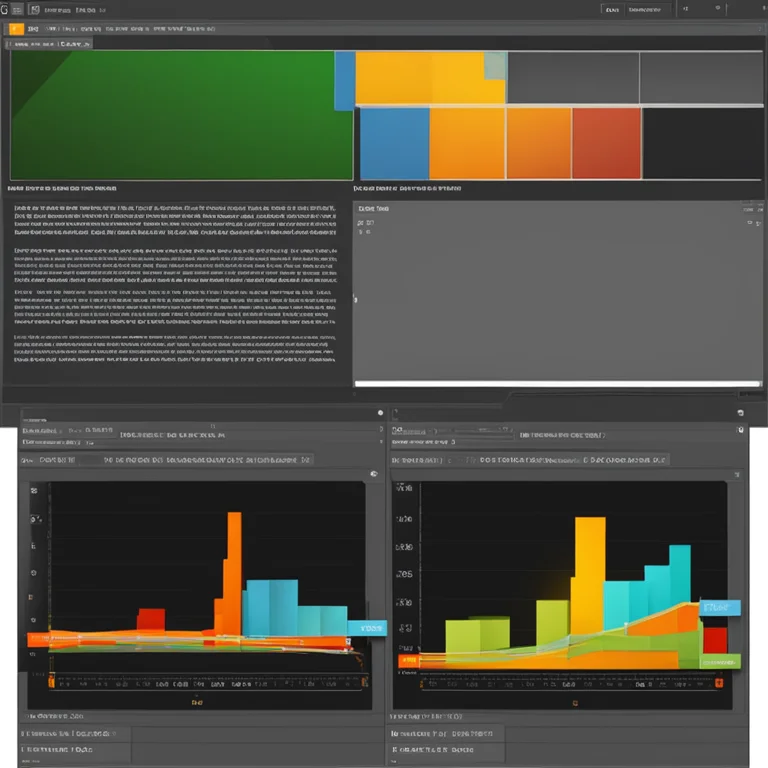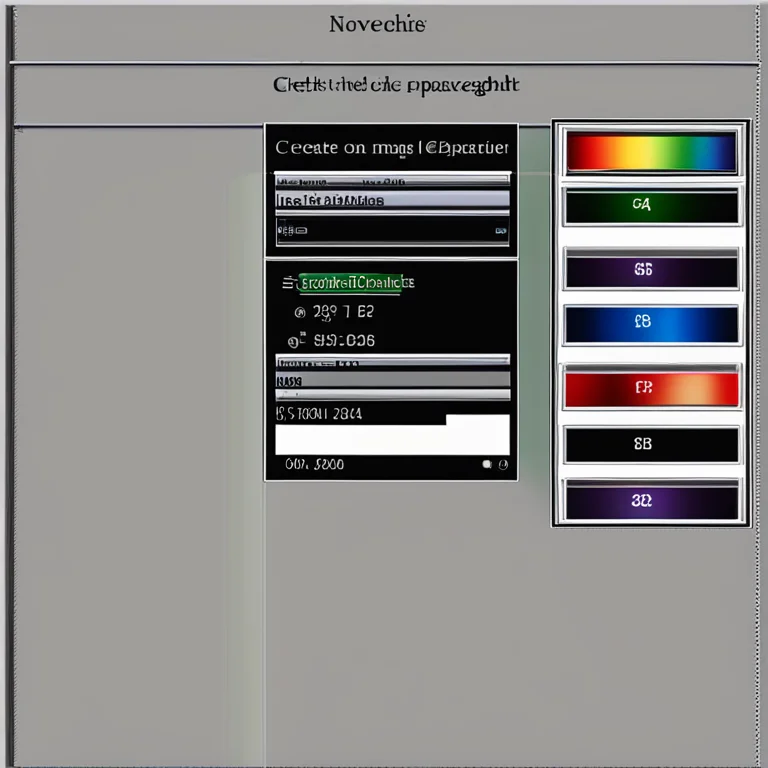
Discover The Mystery of Unique Palm Lines
Discover the science and factors behind the individuality of palm lines in this insightful dive into palmistry.
article by Nora Pennington
The Palmar Canvas: A Unique Story
Each person's palm is an intricate canvas painted with lines and shapes that have fascinated human beings for centuries. But have you ever stopped to ponder why no two individuals have identical palm lines? The truth behind this is rooted in genetics and environmental factors. Just as our fingerprints remain unique, the lines on our palms develop in a similar fashion. Variations in palm lines can be linked to embryonic development, where both genetic and random factors play key roles. Our palms are like personal maps, charting the course of our lives from birth.

Genetics: The Blueprint of Individuality
Our genetic makeup is pivotal in determining the initial layout of our palm lines. Inheriting traits from our parents, the lines begin to form even before we are born. Aspects such as the heart line, head line, and life line are influenced by our genetic code. However, unlike DNA's fixed genetic expressions, palm lines can exhibit changes based on external conditions during and after the developmental period, showcasing a dynamic nature, much like our life stories themselves.

Life's Forces: Impact on Line Formation
Not only are our genetic predispositions responsible for the intricate designs on our palms, but also the unique forces and stresses experienced during fetal development. These can alter the way palm lines are shaped and structured. The changing dynamics within the womb, from nutritional access to the fetus’ position, can have lasting impressions on the lines and creases that form, further emphasizing the narrative that our palms are the reflection of our individual life journeys.

Human Diversity: Reflecting Palm Variance
Beyond our personal narratives, palm lines also reflect the broader spectrum of human diversity. Just as no two people are the same in terms of personality, experiences, or physicality, our palms follow suit. The variety witnessed in palm lines is but a testament to the remarkable diversity inherent to humanity. This diversity is what makes the study of palmistry so alluring; it suggests that the lines of our hands might hold clues to our character and destiny.

Evolution and Modern Relevance
As our understanding of genetics and life sciences evolves, so does the relevance of palmistry. With a deeper awareness of epigenetics and environmental influences on embryology, modern palmistry is continuously redefining its interpretations. While once seen as a mystical art, it is now approached with a more scientific curiosity, aiming to decode how the complexities of our biology are reflected in the lines on our palms.
A Continually Unfolding Mystery
Even with scientific explanations, the full mystery behind why palm lines differ remains partially unsolved. As of 2024, there is still no complete answer to whether or how these lines change over the span of a person's life, or the extent to which they correlate with personality traits or future events. This unresolved enigma keeps both the scientifically minded and spiritual seekers engaged in a quest to understand more about what our palms can reveal.
Published: 1/10/2024
Modified: 1/10/2024
More predictions
Come back here soon to learn more about yourself and your future


Guide to Palmistry: Interpreting Your Palm Lines
Discover the ancient art of palmistry with our comprehensive guide to reading and interpreting the lines on your palms.


Palmistry in Flux: The Nature of Palm Lines
Delve into the compelling world of palmistry and discover how your palm lines may change over time, reflecting personal growth and life shifts.


The Art of Hand Analysis
Discover the insights of palmistry through our article on hand analysis – your guide to the lines and shapes that reveal life's secrets.